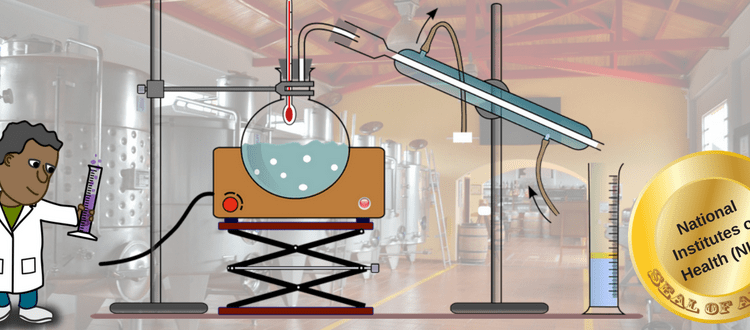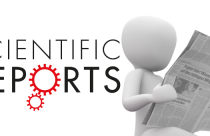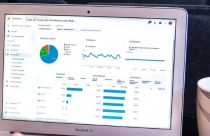Did NIH Downplay the Effect of Alcohol Advertising on Underage Drinking?

The alcohol industry has been flourishing since ages. Although it is injurious to health, the industry has not received any setback due to it. However, there has been some controversy regarding this industry which has involved National Institutes of Health (NIH) as well. According to reports, NIH downplayed alcohol advertising effects on drinking among teenagers. The story re-echoes 1960’s industry-based research politicization, when scientists were paid to reframe their research by downplaying risks of sugar.
NIH is part of the US Department of Health and Human Services. As the medical agency to the nation, the department funds research on important discoveries that improve health and save lives. Government funded basic research has in this way significantly supported a growing trend of applied sciences within the health industry. Recent news of the NIH’s Institute on Alcohol Abuse and Alcoholism (NIAAA) rejecting impacts of alcohol advertising was therefore unprecedented. The story became even confounding when the decision was made whilst the department separately lobbied the alcohol industry for funds. Let us try to find out what happened.
Research Focus: Alcohol Marketing Promotes Underage Drinking
In 2011, scientists Siegel and Jernigan launched a study to understand the impact associating alcohol marketing and underage drinking. The research aligned with a ‘request for applications’ from NIAAA at the time, with funding subsequently awarded. The study highlighted a strong link between alcohol branding and teenage drinking, a viewpoint that perturbed the alcohol industry.
In January 2014, neurobiologist George Koob became NIAAA’s director. Thereafter, he promptly defended the alcohol industry, in response to an op-ed that slammed Jernigan’s research findings. Koob then surprisingly promised a member of the Distilled Spirits Council via email that such funding would not recur. Subsequently undermining outcomes of the ‘ABRAND’ study, reiterating the industry-line that ‘peer-pressure and not advertising’ made teens drink. Siegel and Jernigan remained puzzled, until recent media revealed NIAAA’s 2014 pitch to industry, on funding research of alcohol in moderation.
Translating Research into Policy
Diane Riibe, executive director of the U.S. Alcohol Policy Alliance, indicated that translating research to policy had reduced underage drinking. However, in alignment to Koob’s view, the agency has now stepped back from supporting such policy-related studies. Retrospectively, the number of NIAAA funded projects prior to Koob’s arrival; in 2011, 2012 and 2013, aligned with translational science. In addition, recent emails shared with media clearly indicate Koob’s compliance with industry’s critical viewpoint decrying research on ‘anti-alcohol advocacy’.
Koob’s preference on studying ‘genes and brains’ related to individual alcohol-addiction over policy could reflect an honest scientific agreement. It must be noted that policy-research advocating for anti-smoking initiatives has cut higher rates of smoking, than individual smoking-cessation therapy. Koob also received industry-funding in the 90s and served the advisory council of the industry-funded Alcohol Beverage Medical Research Foundation. This inadvertently calls for clarification of Koob’s scientific objectives within the NIAAA.
The present story disturbingly re-echoes sugar-industry funded research in the 60s that incorrectly highlighted hazards of fat over sugar. The present intention is to progressively move forward in science, than resort to pressures of industries weighing in on studies.
Growing Trends and Conclusions
The NIH is now examining if health officials violated government policy by contacting alcohol industries to fund the ‘moderate drinking’ study. The present trend of forming public-private partnerships to fund medical research via the NIH is not unusual. This is done via a ‘request for collaboration’ forbidding disclosure of personal information to any donor beforehand. However, in this instance, the institute’s officials and external scientists had already met alcohol industry executives. Many scientists and policymakers hold the view that direct financial engagements with the industry undermines research credibility. It is difficult to conduct objective scientific analyses, when industry funding affects the study results, questions, data-analysis and answers. In conclusion, Dr. Adriane Fugh-Berman suggests if the health effects of moderate drinking are a priority for the NIH, “they should fund it themselves”.
What do you think about this intervention of industries into the field of science and research? Please let us know your thoughts in the comments section below.









